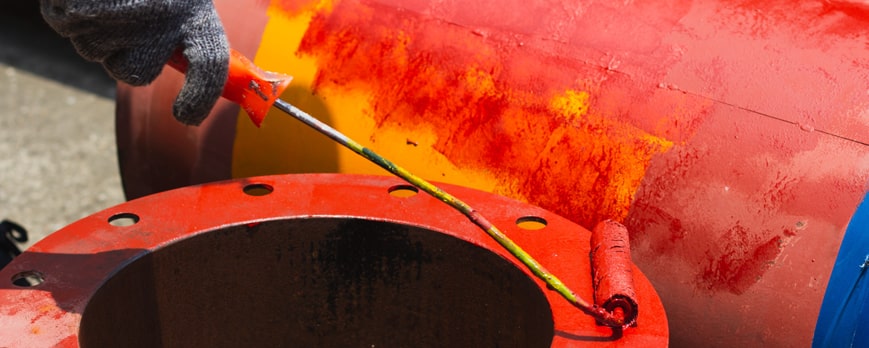Introduction to Anticorrosive Coatings
Corrosion is one of the greatest challenges faced by industries worldwide. This natural phenomenon deteriorates materials, causing significant economic losses and, in some cases, jeopardizing safety. In 2025, anticorrosive coatings play a crucial role in mitigating these effects. These products not only protect infrastructure and equipment but also contribute to sustainability by reducing the need for frequent replacements.
Throughout this article, we will explore what anticorrosive coatings are, their applications, benefits, innovations, and more, to help you understand their relevance in today’s landscape.
Definition and Basic Concepts
Anticorrosive coatings are materials applied to surfaces to prevent or slow down the corrosion process. They act as a barrier between the substrate and the corrosive environment, preventing the interaction of agents like water, oxygen, salts, or chemicals.
History and Evolution
The use of coatings for protection has a centuries-old history. From oil-based paints used on ships to today’s advanced polymeric coatings, the industry has evolved significantly. In 2025, nanotechnology and smart coatings represent the latest frontier in this evolution.
Types of Anticorrosive Coatings
Organic Coatings
These include paints and epoxy coatings that form a protective layer on the surface. They are ideal for applications where flexibility and cost are important.
Inorganic Coatings
Compounds such as zinc-based coatings offer exceptional protection through a sacrificial mechanism, where the zinc corrodes instead of the underlying metal.
Hybrid and Technological Coatings
The combination of organic and inorganic materials has led to hybrid coatings that offer the best of both worlds: durability and chemical resistance.
Materials Used in Anticorrosive Coatings
Metals: Zinc, aluminum, and other metals are commonly used in galvanized coatings.
Polymers: Epoxy resins and polyurethanes provide excellent adhesion and resistance properties.
Ceramics and Advanced Composites: Ideal for extremely corrosive environments due to their high chemical resistance.
Key Applications of Anticorrosive Coatings
Maritime and Naval Sector
Protection of ship hulls, oil platforms, and underwater pipelines.
Industrial Infrastructure
Bridges, storage tanks, and power plants require durable coatings to withstand aggressive environments.
Automotive and Aviation
Coatings ensure the longevity of critical components exposed to extreme conditions.
Key Benefits of Anticorrosive Coatings
Prolonged Lifespan: Helps reduce wear and structural corrosion.
Cost Reduction: Less maintenance and equipment replacement.
Sustainability: Minimization of waste and material consumption.
Technological Innovations in 2025
Nanotechnology: Enables thinner and more effective coatings.
Artificial Intelligence: Optimizes coating formulations for specific conditions.
Self-Healing Coatings: Capable of automatically sealing cracks to maintain protection.
Conclusion
Anticorrosive coatings in 2025 are an example of how technology can solve critical problems. With continuous innovations, these materials are poised to offer more sustainable, cost-effective, and efficient solutions in the years to come.

